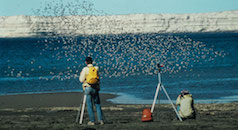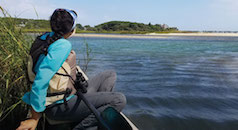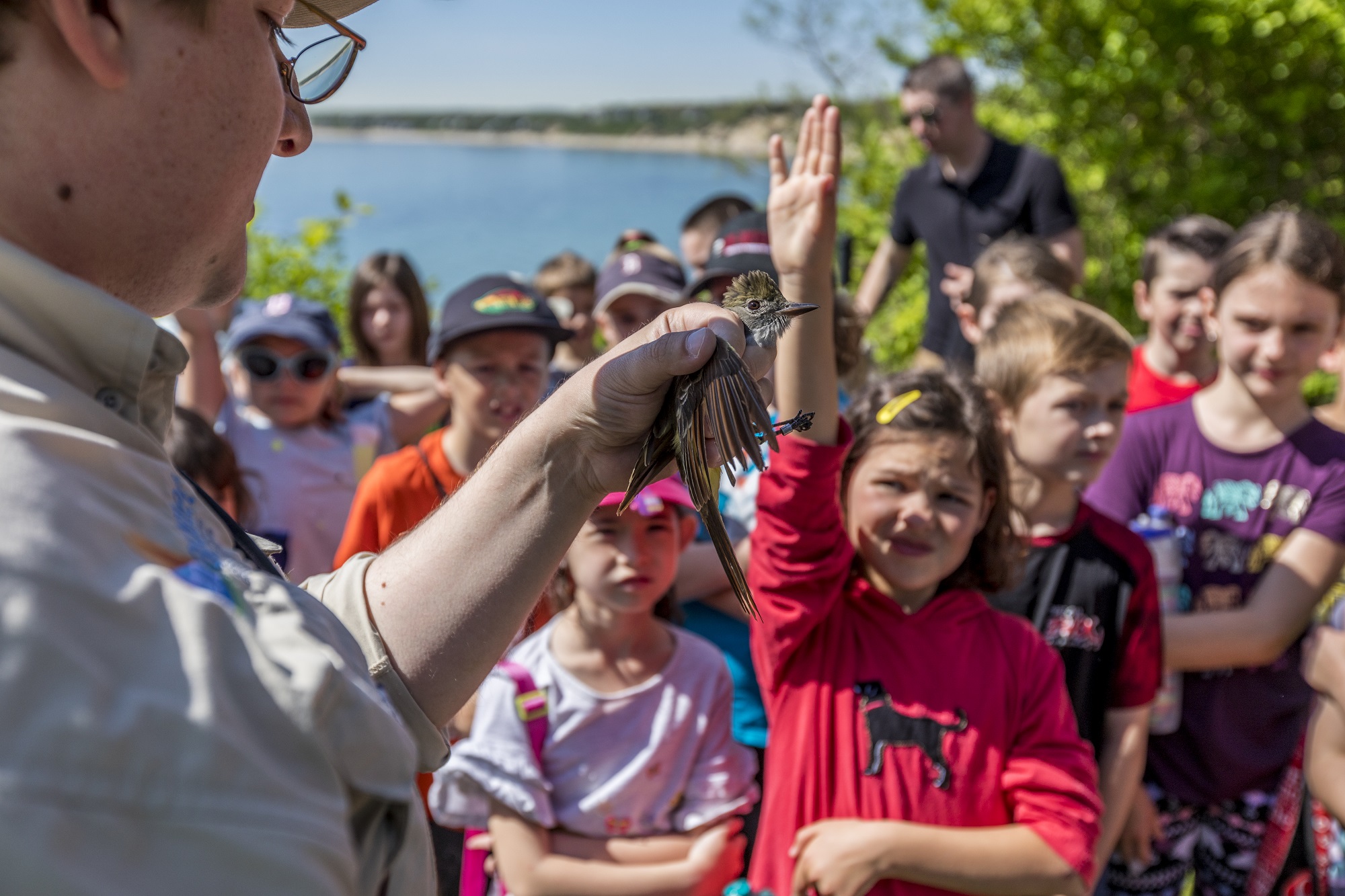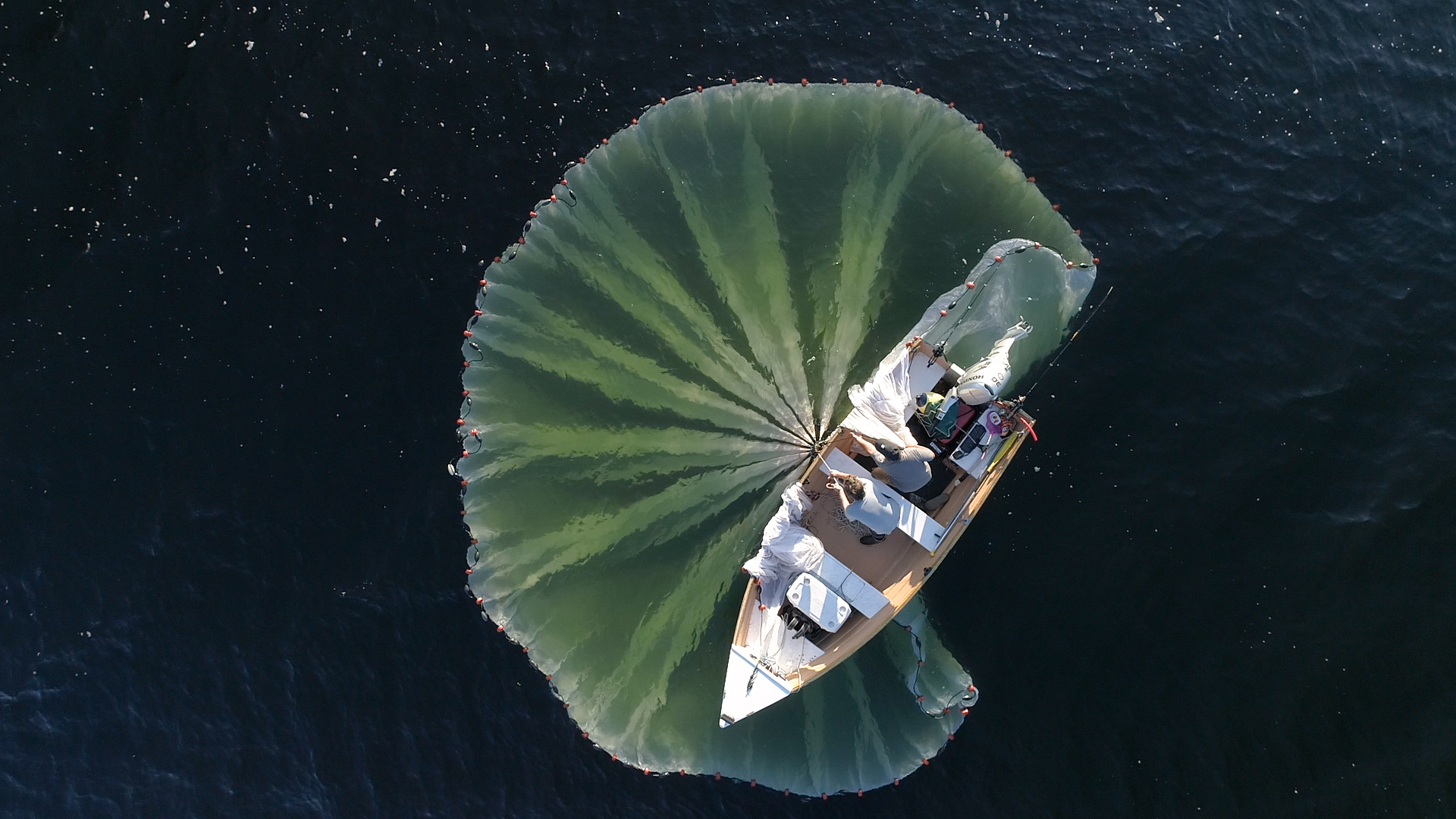On a sunny Saturday in spring 2019, several hundred people gathered to watch the spectacle of alewives making their way up a tributary of the Bagaduce River to Pierce’s Pond in Penobscot, a community on the shores of Maine’s Penobscot Bay. Kids and adults marveled at the powerful instinct that drives this small fish to work its way upstream. Ospreys and eagles circled overhead, looking for an opportunity to snatch a meal from the teeming waters.
But this lively natural event hasn’t always been so, and there is still a lot of potential for conservation progress. Manomet and partners like the Maine Center for Coastal Fisheries (MCCF) are working closely with local communities in Downeast Maine and other nonprofits like Maine Coast Heritage Trust and the Downeast Salmon Federation to restore alewives, a foundation species, and the most common species of river herring.
Restoration of river herring is critical to restoring the health of lakes, ponds, rivers and streams, and coastal food webs and marine fisheries. In 2012, Manomet joined with MCCF and the Downeast Salmon Federation to launch the Downeast Fisheries Partnership to focus on restoring eastern Maine’s once vibrant fisheries.
Manomet’s role is building connections between research scientists and communities committed to restoring and sustaining their river herring runs. Connecting real-time scientific understanding with local knowledge and expertise opens doors to improved research, monitoring, and management. This year, Manomet opened a new line of inquiry: what can environmental DNA (eDNA) tell us about the connections between river herring spawning grounds and fisheries productivity? Putting state-of-the-art tools in the hands of those with the most intimate knowledge of their watersheds fosters collaborations between researchers and stakeholders. It is a win-win for science and management. Manomet plans to work with three communities collecting data on local runs and connect them to a larger, statewide research effort.
MCCF’s Paul Anderson, Executive Director, and Mike Thalhauser, Collaborative Management Specialist, spoke with Manomet about the conservation strategies they are using in this part of Maine.





 Back to all
Back to all


